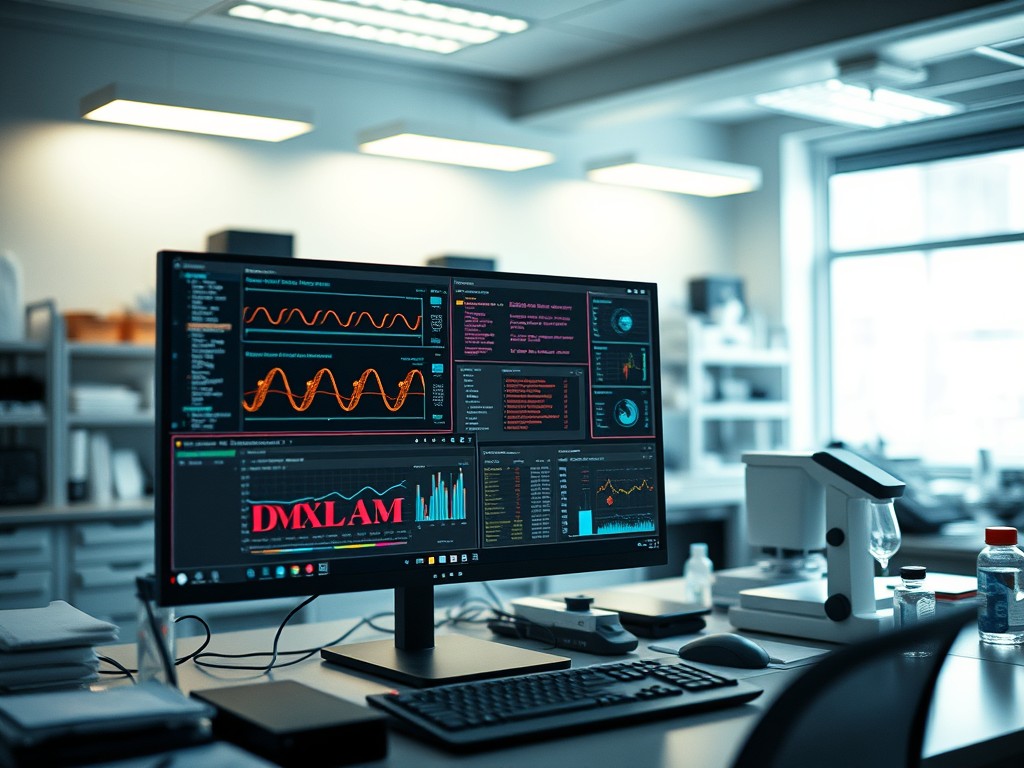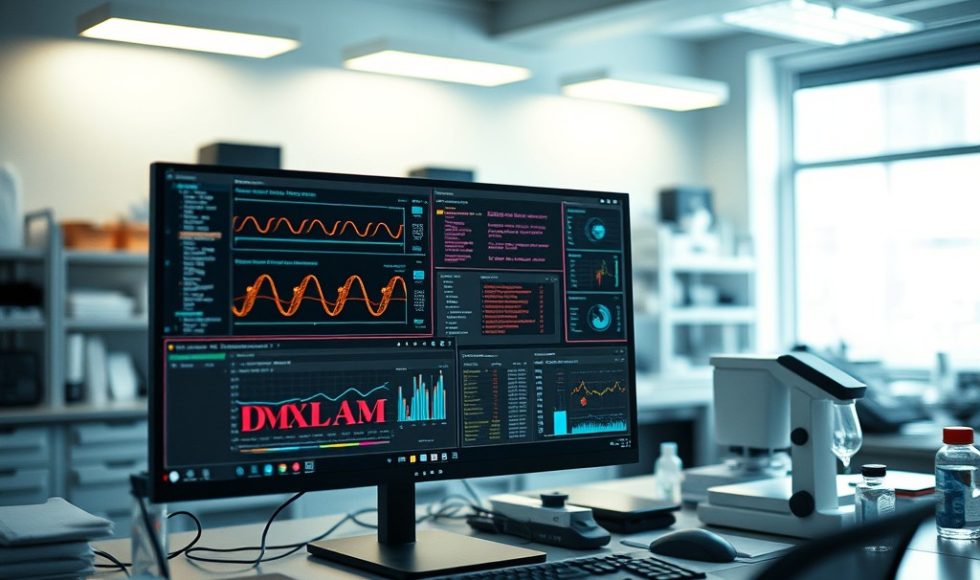Thydian Windsor, a Research Scientist in the Machine Learning team at Oxford Nanopore Technologies, gave the secondary analysis update at the Nanopore Community Meeting. They defined secondary analysis as “what does the collection of reads say in aggregate?” For variant calling, improvements on the base-calling side with base-calling models and motor enzymes have been released. Assemblies have improved for the human T2T protocol. The assembly polishing kit has been developed to improve consensus accuracy. New neural network architectures are being developed to improve assembly polishing through consensus. Medaka aligns reads to the draft assembly, produces a “counts” matrix for each base, and then the neural network decides on the consensus. Windsor explained that there are many options to determine which reads to use, for example. They also shared that several Dorado-based variant calling features are being developed.



